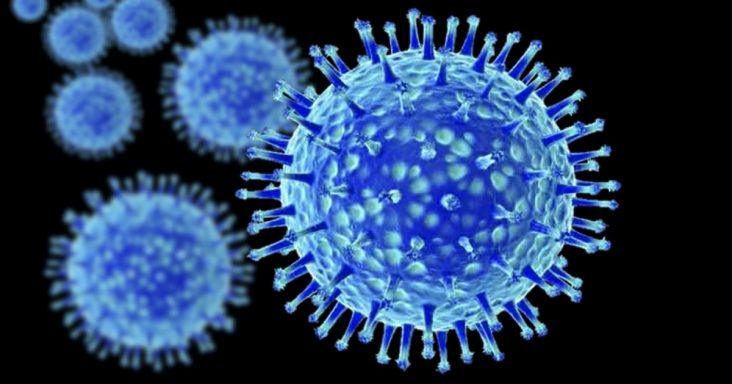Air conditioning technology gaining traction to curtail COVID-19 risks
by August 6, 2020 8:12 am 1,450 views

Businesses have scrambled to deal with the devastating impacts of COVID-19 and the ensuing pandemic that spread across the globe this spring. There are no guarantees that a vaccine or other treatments to stop the virus are imminent, meaning many businesses have to prepare for an uncertain future.
Arvest Bank central Arkansas President and CEO Jim Cargill told Talk Business & Politics his company is outfitting several bank branches with technology that should reduce the virus threat within their physical buildings. Needlepoint ionization is being used to collect and destroy virus particles in the air, he said.
“We are very clearly taking every step to protect our associates and customers in this crazy new environment,” Cargill said.
Middleton Heating and Air has been charged with modifying the central heat and air systems at many of the banks under Cargill’s charge, head of special projects division Drew McCurry told Talk Business & Politics. There are several ways to limit the threats posed by viruses in the heating air systems, he said.
The first step is to ensure the filter system is properly maintenanced and the largest grade of filters are being used in the system, he said. His company does a survey to determine if the system is being optimally utilized to stop the spread of potential pathogens.
Once the survey is complete, and those changes are made, additional technologies such as the introduction of ultra violet or UV light is discussed.
UV is known to kill viruses, mold and other allergens, McCurry said. If UV lights are installed, they must be replaced every two to three years, he added.
A second option is the needlepoint ionization. With this option, positive and negative ions are released into the air. Those ions attach to viruses and other materials in the air which causes them to “clump.”
These clumps are then caught in the filter system, removing them from the air. This system has to be directly serviced about once every 10 years, and tests have shown it can kill COVID-19, he added.
Hospitals and health clinics in central Arkansas have been utilizing these technologies, and school districts, nursing homes, private businesses and others are considering its benefits, he added.
Prices for equipment and systems can range from several hundred dollars to thousands of dollars, depending on the size of the space and the complexity of installation. Labor is an additional cost for consideration.
Cargill said it’s unlikely that all branches will be outfitted and that some brick-and-mortar branches could close at some point due to the pandemic. The world of banking is rapidly evolving, and he said his company is analyzing the best uses for the buildings they have.
Lobbies in most branches are expansive and could provide a good social distancing space for bank functions such as loan procurement or could serve as office space. New work space models might be developed, he added.
Cargill noted that his bank has had record-setting volume in terms of new accounts opening and transaction volume. Limiting customer and worker exposure to the virus and finding more efficient ways to operate will be on the top of the bank’s priority list as 2020 continues to unfold.
“I’ve never been much of a gambler,” he said. “We are going to be very slow and deliberate about the changes we make.”
